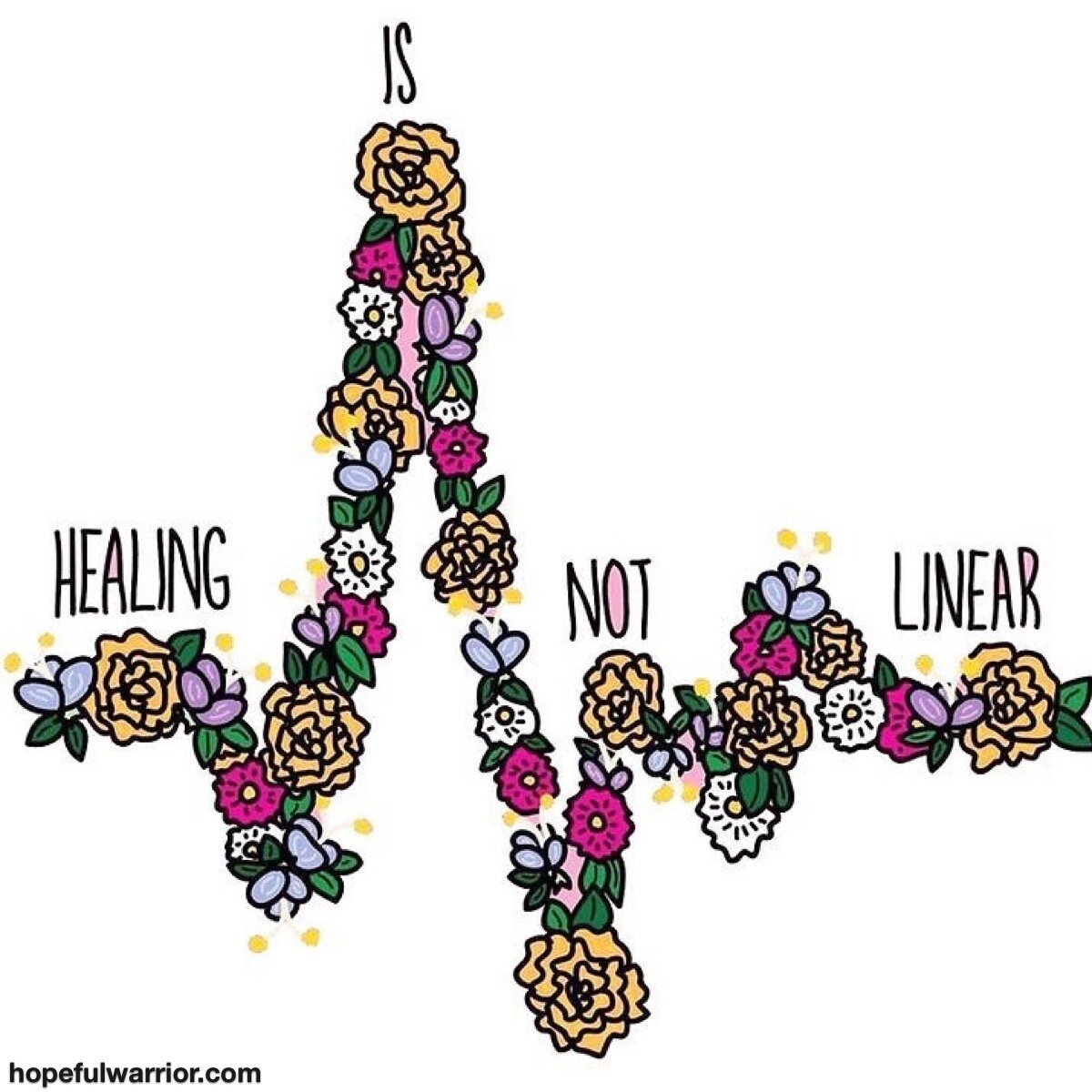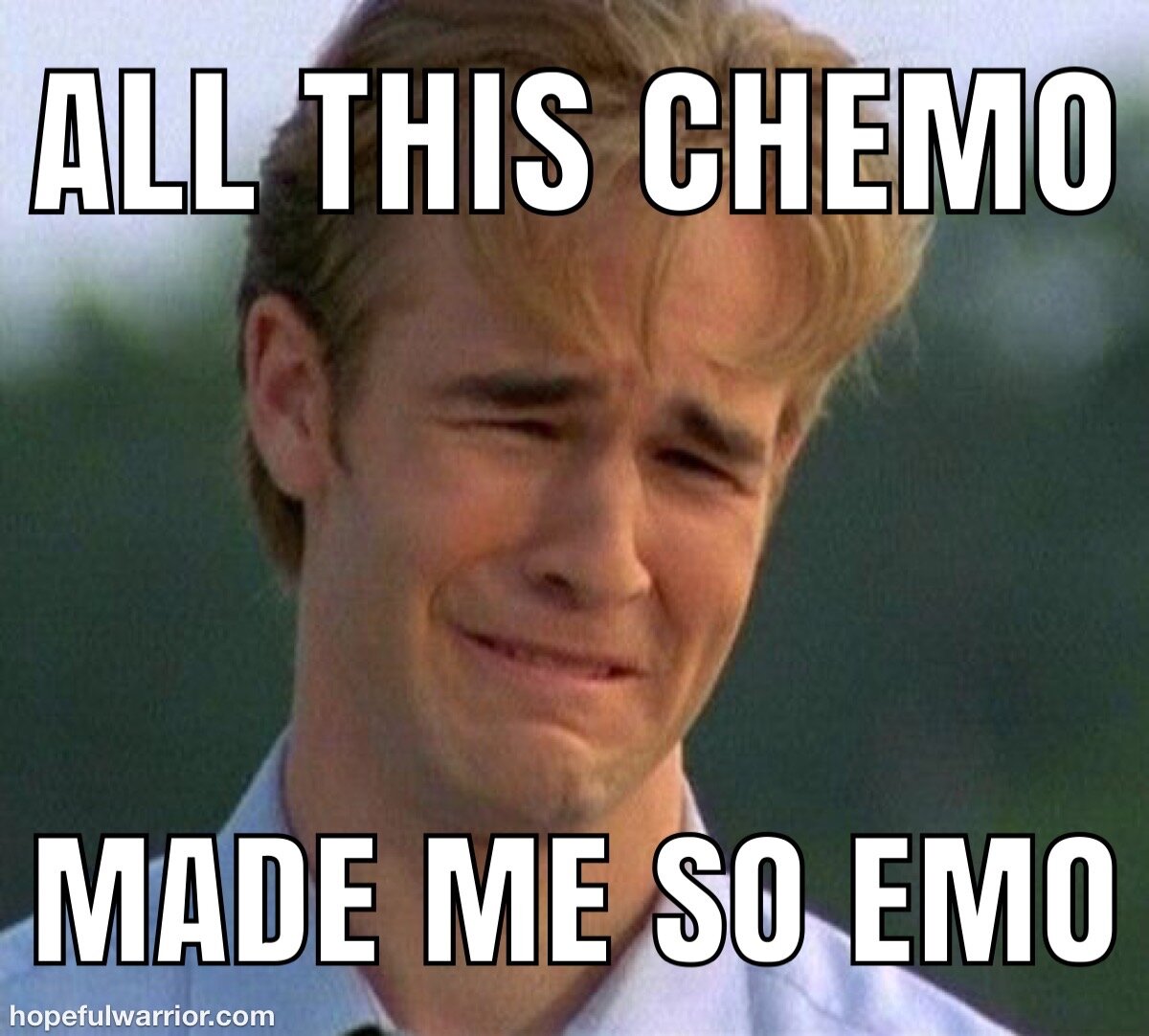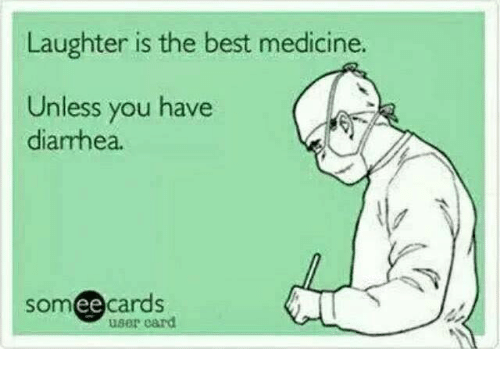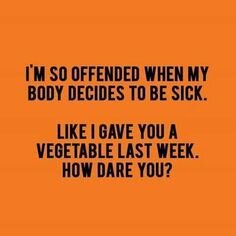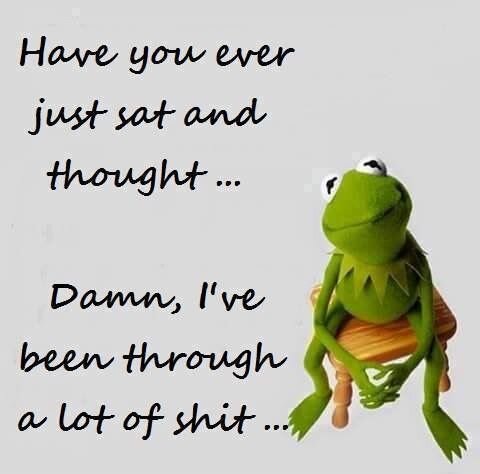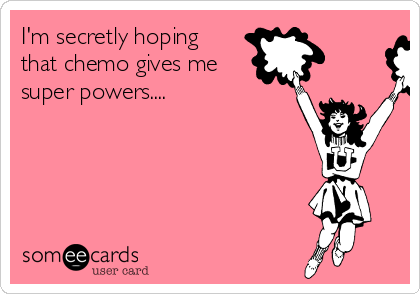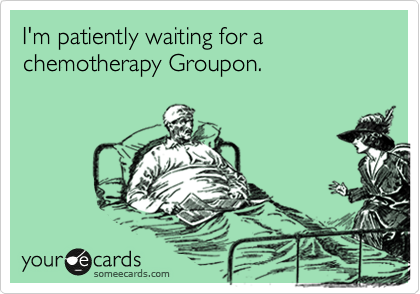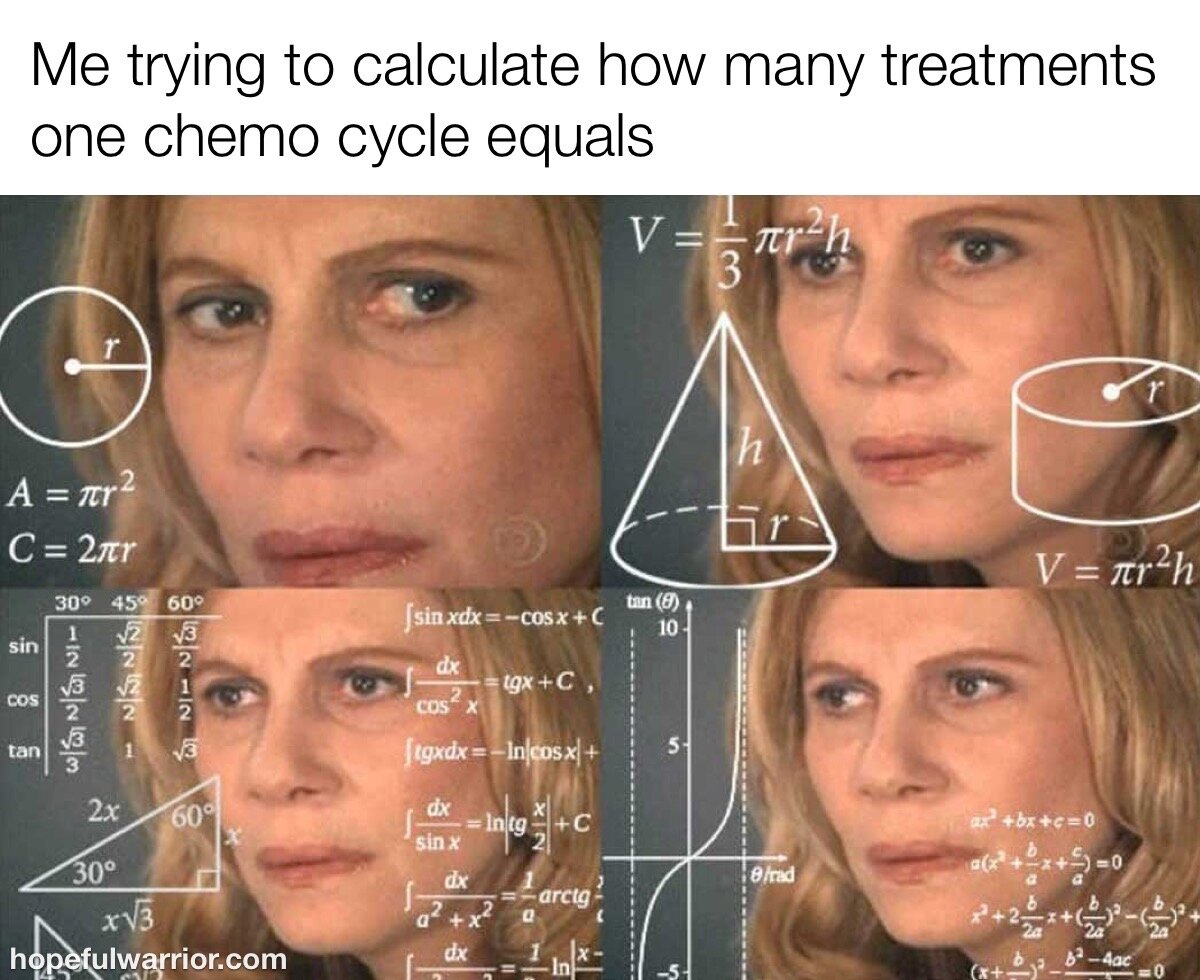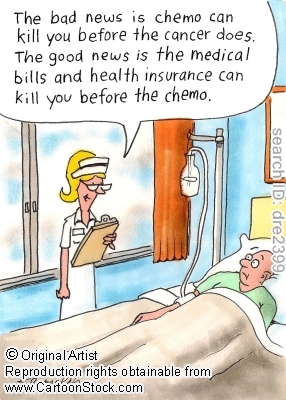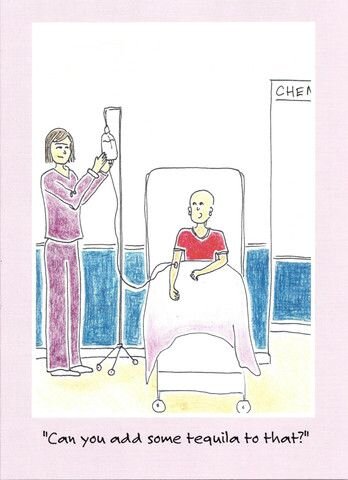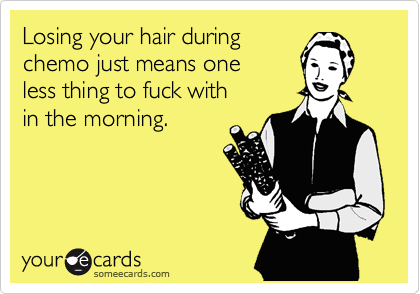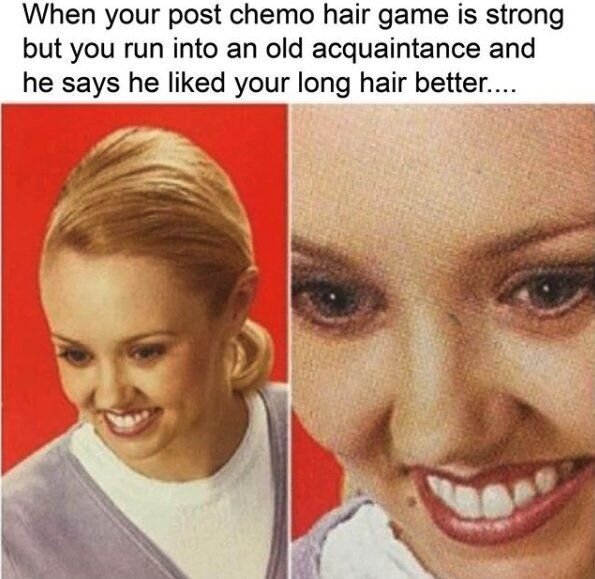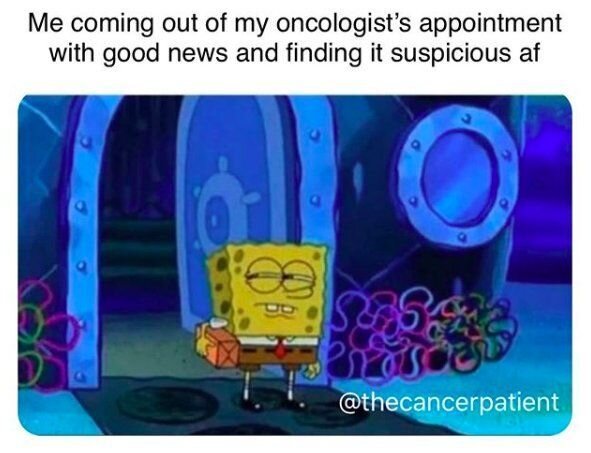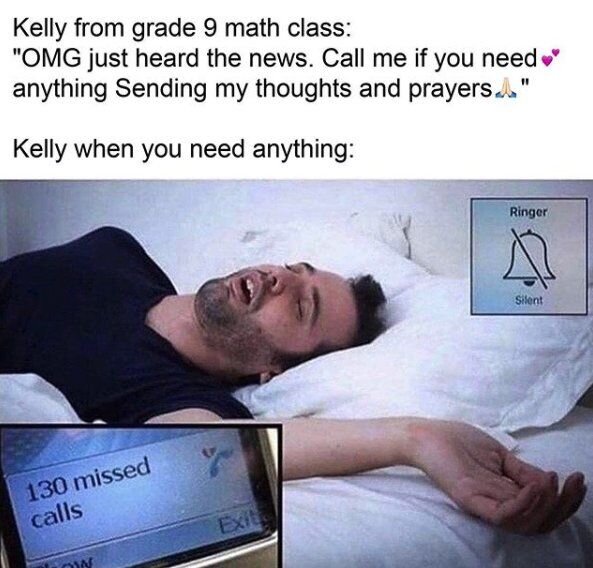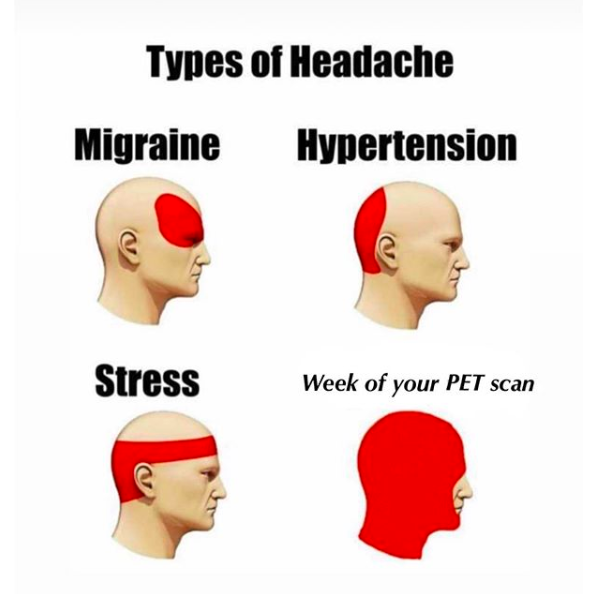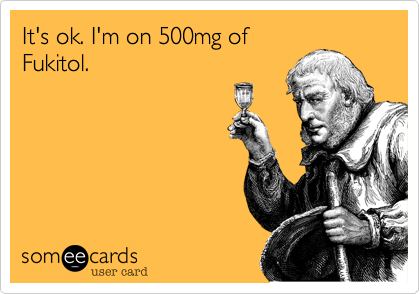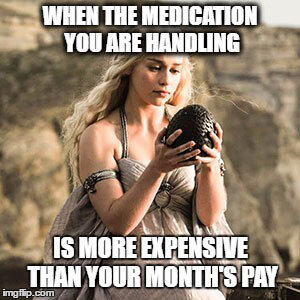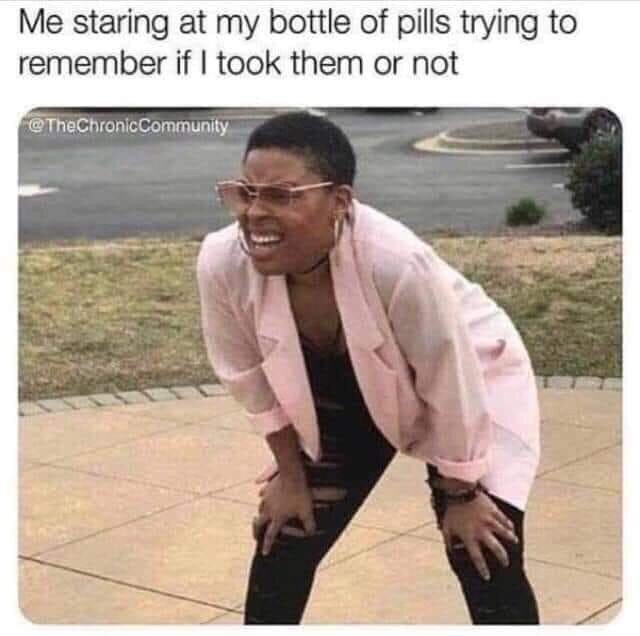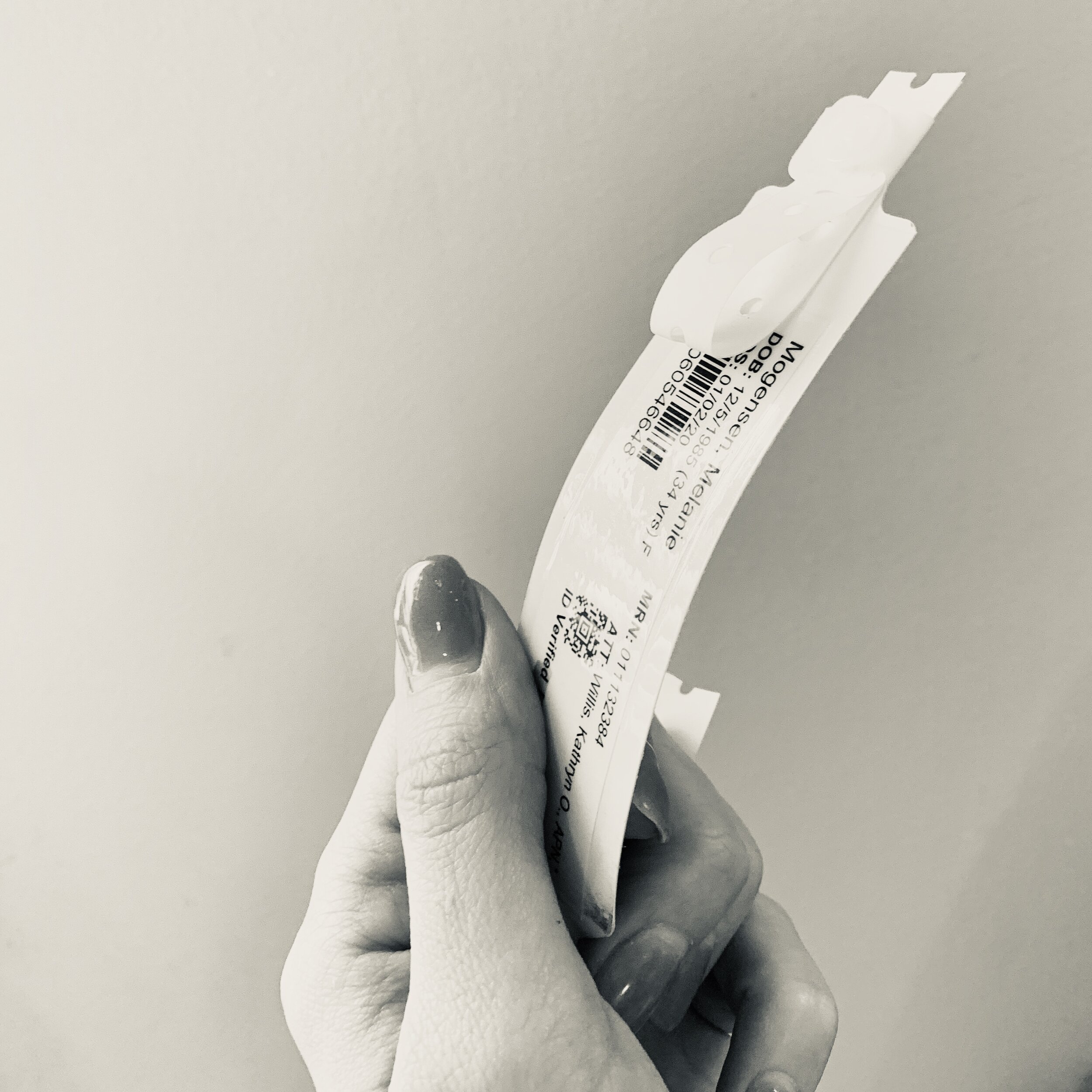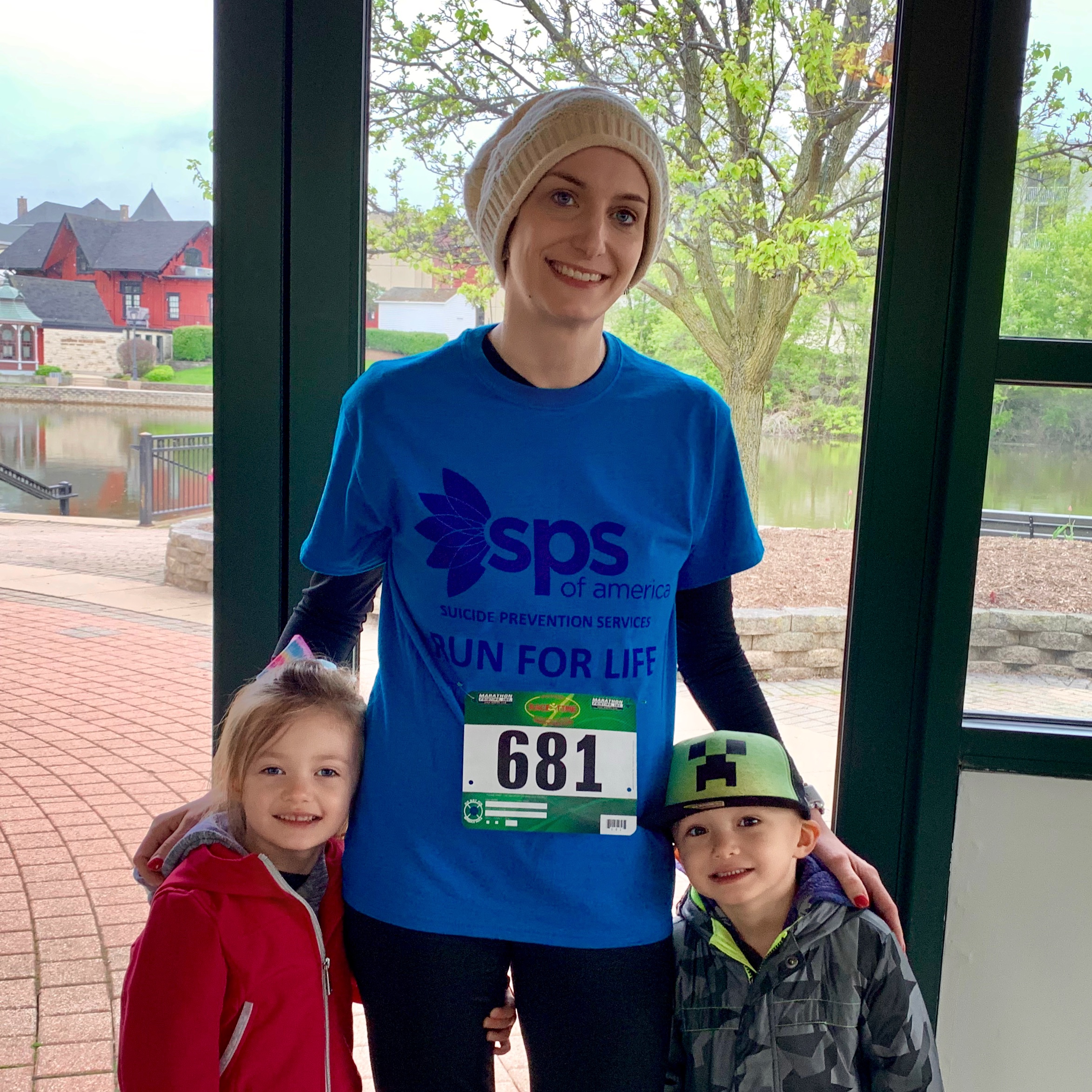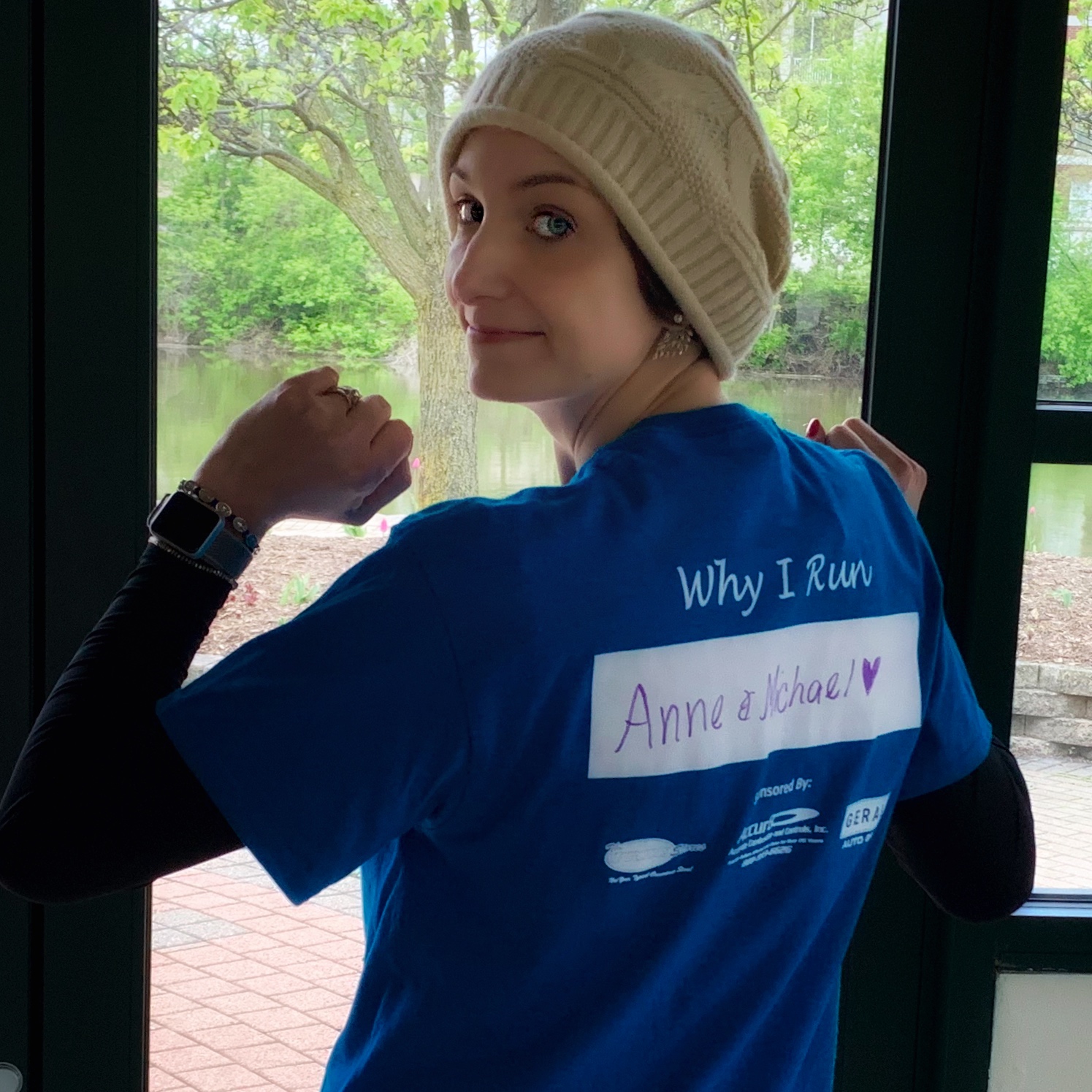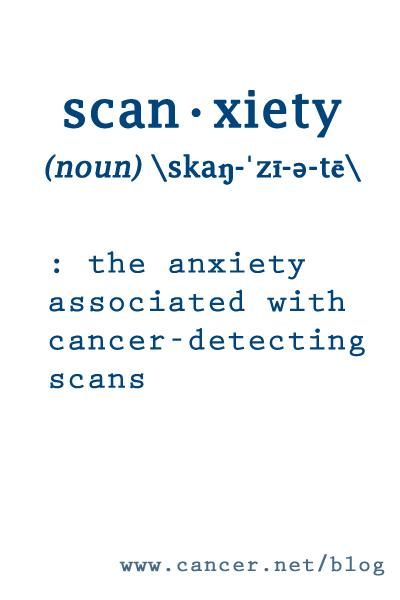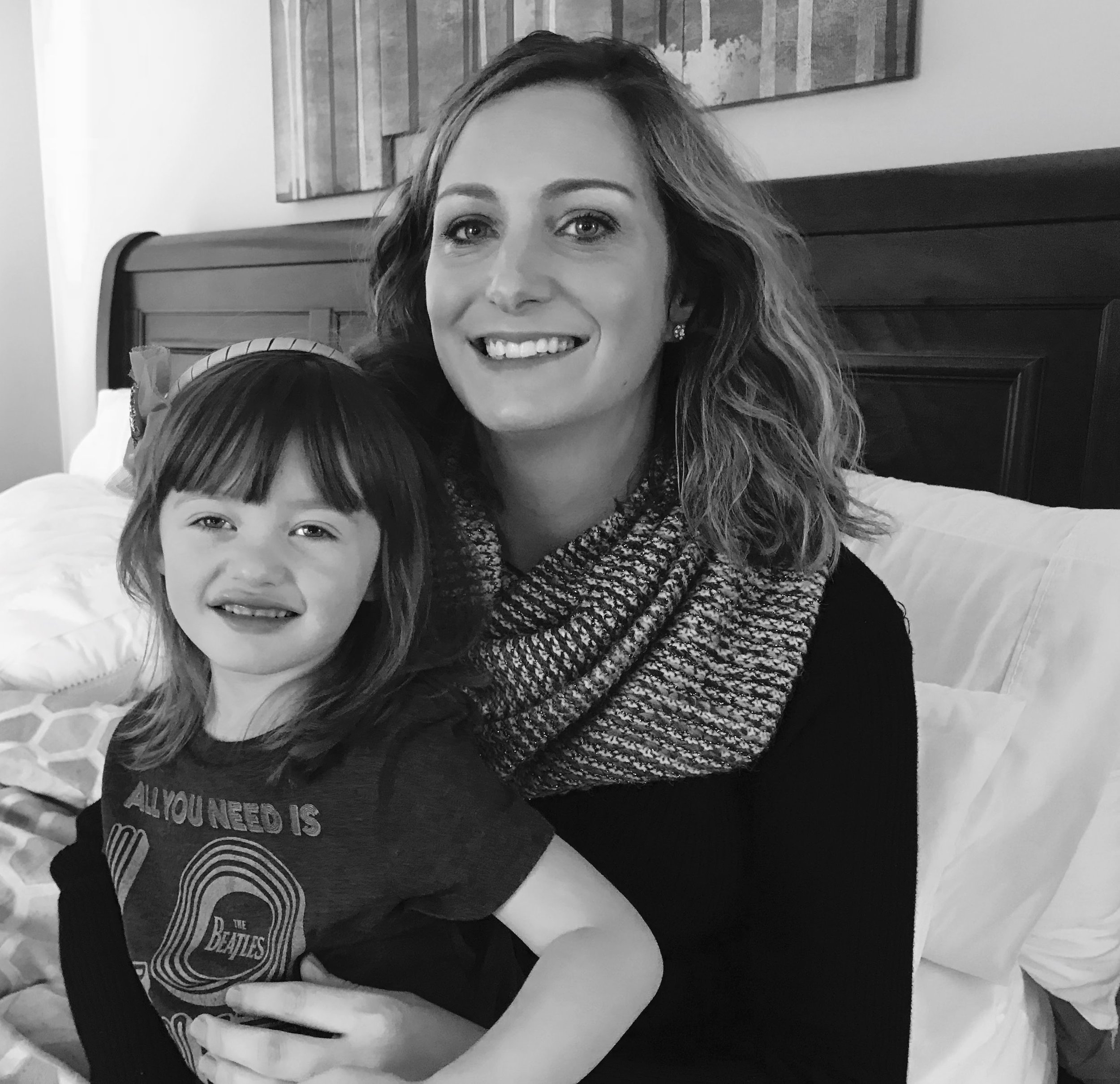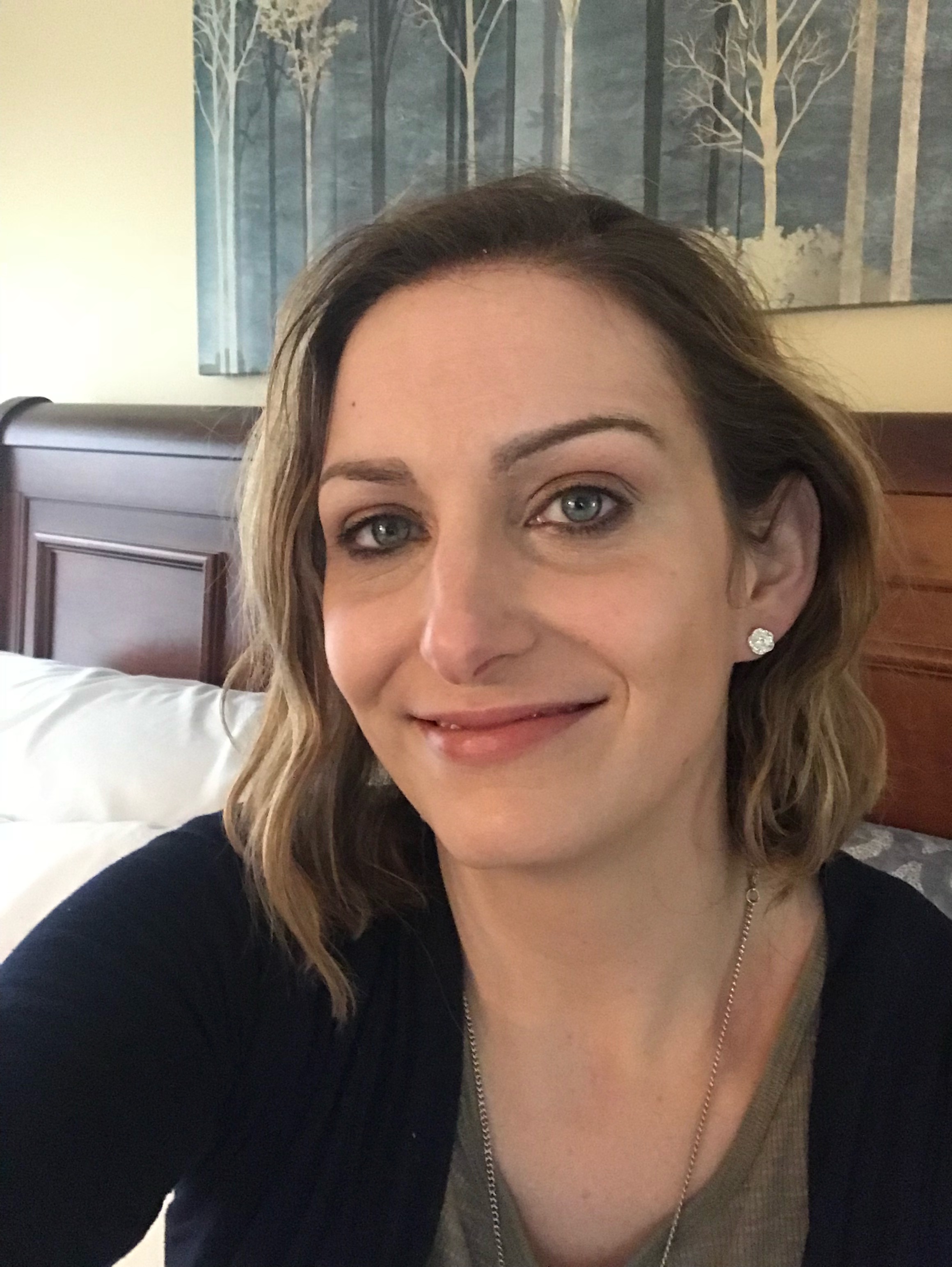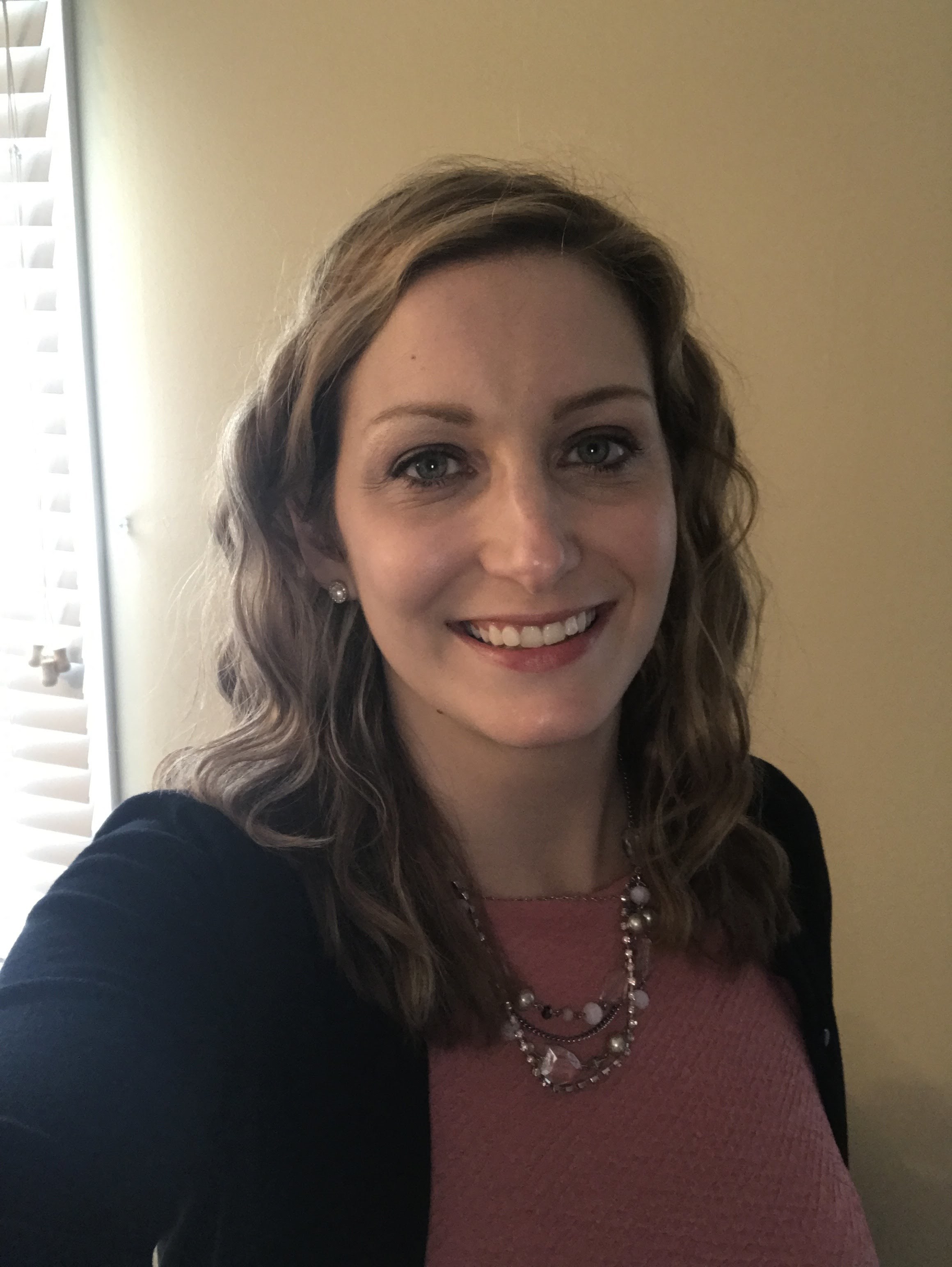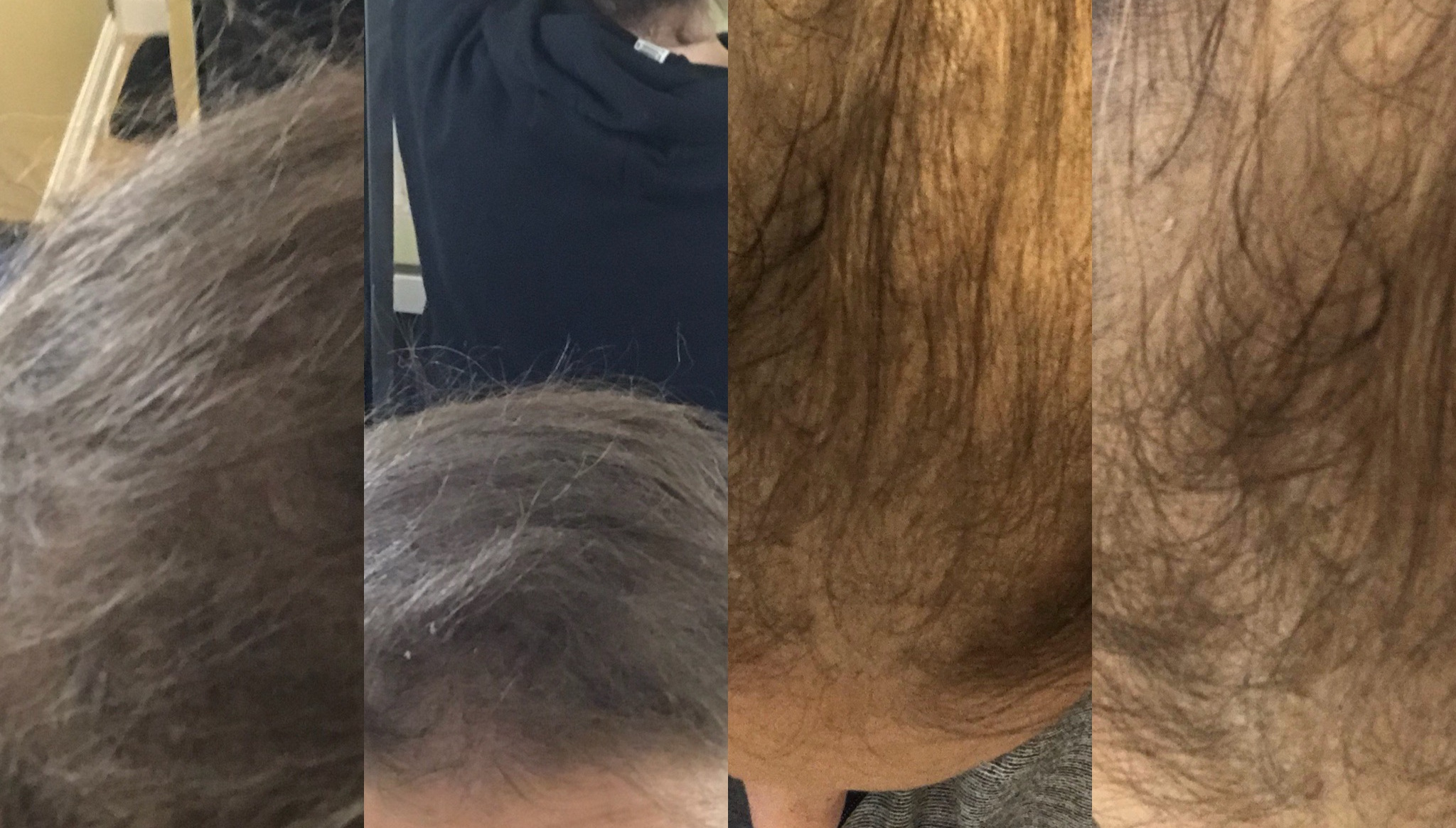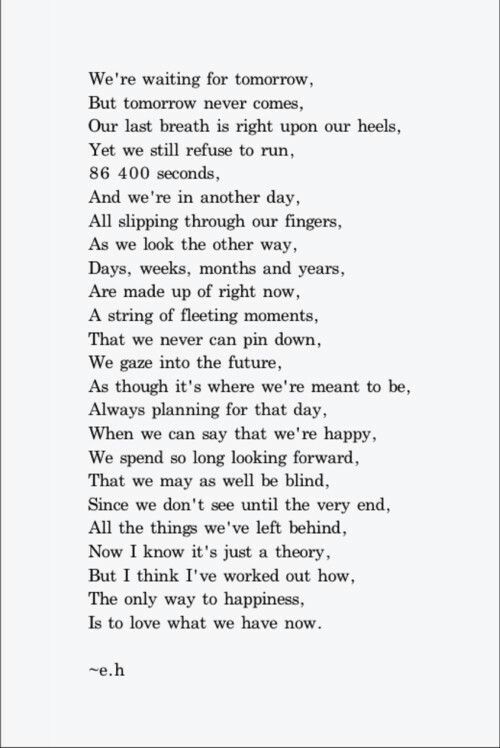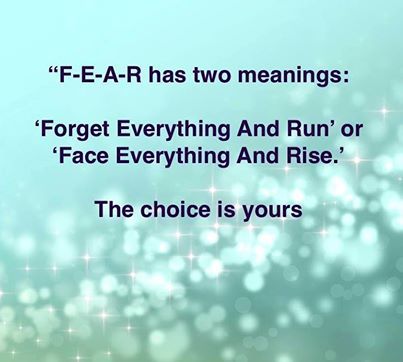Remission doesn’t stop the effects of cancer.
When treatment ends, the battle turns from physical to mental, as you try to reclaim your health moving forward.
Although I’m now two years in remission, I still struggle with the fears of relapse.
Each time I feel a sore muscle or unusual bump in my neck, my mind immediately jumps to the worse possible scenarios.
“Is this cancer back?…this is exactly how you were feeling right before getting diagnosed.”
One of the first things I noticed while looking in the mirror one day was one side of my neck was raised higher than the other.
For a while, I thought it was just a bad muscle knot. I had spent the last three years carrying my twins around, so some tightness and a few sore muscles were normal, right?
But my symptoms quickly grew worse.
I was extremely fatigued, and my hands and joints were so weak and sore I was losing mobility.
At first, one doctor believed I had early-onset rheumatoid arthritis.
But a few months later, I noticed a large bump near my collar bone.
Soon I learned I had Stage 3 Hodgkin Lymphoma.
I responded well to treatment, but I still struggle with fears my cancer will return.
Thankfully, I have an excellent team of doctors and therapists who have been incredible at helping me cope with the effects of treatment. They patiently help reassure me I am still cancer-free, despite how hard the story in my mind tries to convince me otherwise.
Unfortunately, recent health challenges have made me more on edge.
Since treatment ended two years ago, I’ve dealt with several concerning health issues from irregular heart rate, vision changes, and frequent fainting. After a concussion in June, I’ve also been struggling with leg and hand spasms, chronic headaches, and extreme neck pain.
My neck was one of the main areas of lymphoma in my body, so it’s always been challenging to know if my residual neck pain is muscular, caused by enlarged lymph nodes or a result of my treatment.
Fortunately, recent scans showed I do not have a brain tumor as once feared, and my last scan in mid-September showed no evidence of lymphoma. I still have some enlarged lymph nodes in my neck, but my doctor believes that is most likely due to treatment and should lessen over time.
According to my oncologist, reaching two years in remission is a huge treatment milestone because now my change of relapse is about the same as the general population.
I’ve been doing my best to try to put the fears of relapse behind me, but I haven’t been able to shake the discomfort in my neck and some other troubling symptoms.
Getting diagnosed with dysautonomia and POTs last year helped explain some of my more concerning cardiac symptoms, but my chronic headaches and neck pain haven’t improved despite physical therapy and neuro rehab.
I’ve been unable to break my headache for more than a few hours each day.
I felt pretty discouraged until I came across a long-forgotten part of my family medical history a couple of weeks ago that gave me a clue to a potential cause of my chronic neck pain.
My chronic symptoms along with new family history led me to a related neurological movement disorder called cervical dystonia.
Cervical dystonia is a rare neurological disorder that causes painful neck spasms and abnormal head postures. It can also cause tremors and severe cramps in your hands and feet and impact your ability to speak.
Last week I was fortunate to get evaluated by a neurologist at Northwestern who confirmed I have dystonia. My doctor believes the dystonia was possibly caused by a combination of genetics, medications, and past surgeries in my neck area.
Unfortunately, there is no cure for dystonia, and without proper treatment, it can sometimes get progressively worse.
Thankfully, there are several treatment options, and I believe this new diagnosis will help explain many of my troubling symptoms and chronic pain.
For years I have struggled with a variety of complex medical issues.
Now that pieces of my medical puzzle are coming together, I feel a strange mix of validation and excitement to finally be on the verge of some relief.
Later this week, I am scheduled for my first set of Botox injections to help relieve the painful muscle spasms in my neck.
While the thought of multiple injections to my neck, back and shoulders is pretty terrifying, many patients have reported a lot of relief from a combination of Botox and physical therapy, so I am hoping for the best.
After all, a diagnosis can be a double-edged sword.
The upside is your struggle finally has a name and a possible game plan. The downside is a diagnosis can leave you feeling a bit discouraged, dependent on long-term care or, at worst, stigmatized by a label.
A diagnosis can lead to many possible outcomes. But it does not determine your worth or future success.
I am hopeful this diagnosis is simply the start of better days to come.















